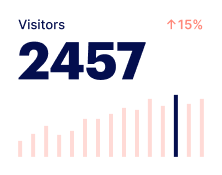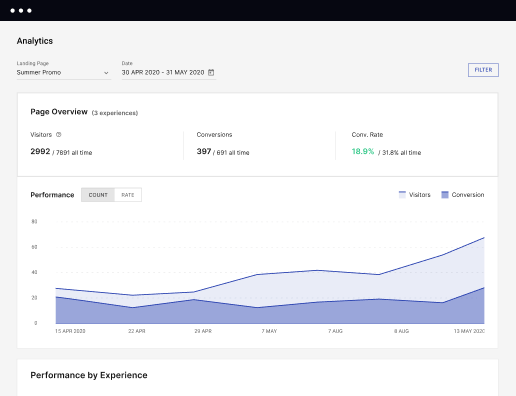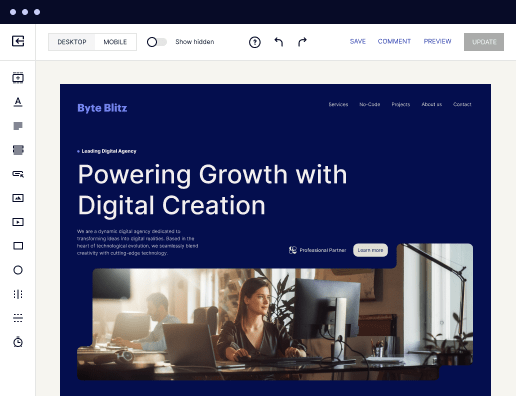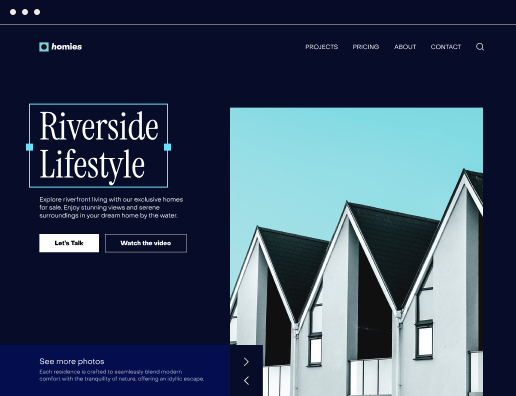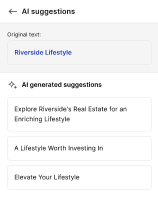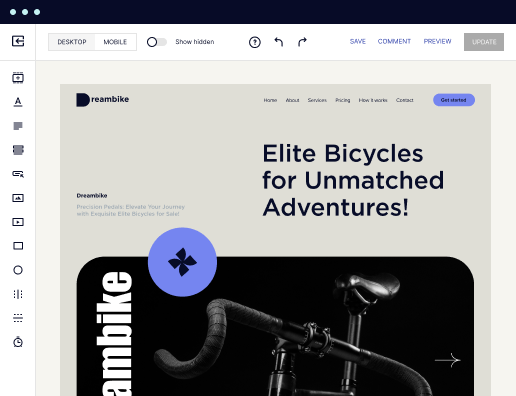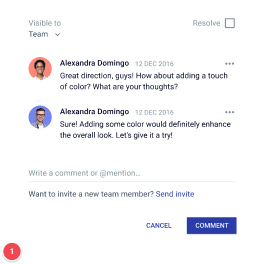Make your directory listing page designed for Debian
Instapage empowers you to reduce costs, increase conversions, and deliver meaningful experiences on Debian.
A step-by-step guide to creating your directory listing page on Debian with Instapage
Creating a directory listing page on Debian can significantly enhance your online presence and provide your users with relevant information at their fingertips. Instapage's powerful features allow marketers to design engaging landing pages that not only reduce costs but also boost conversion rates. By utilizing our extensive library of customizable layouts and Instablocks, even those without coding experience can build effective pages with ease.
Understanding the basics of your directory listing page on Debian
Before diving into the creation process, it's essential to grasp what a directory listing page on Debian entails. It serves as a centralized hub for users to find various listings, whether it be businesses, services, or other key information. This section will outline foundational elements that should be included in your directory page, ensuring it meets both usability and SEO standards. Key components include:
- Clear navigation: Ensure easy access to different sections of the directory.
- Contact information: Include necessary contact details for each listing.
- SEO optimization: Use relevant keywords to enhance visibility in search results.
Step 1: Setting up your Instapage account
To begin your journey towards creating an effective directory listing page, first, set up your Instapage account. The process is straightforward and intuitive. Start by visiting Instapage's website and signing up for an account. Once signed in, explore the dashboard to familiarize yourself with its features.
Step 2: Selecting a template and customizing your design
Choosing the right template is crucial to ensuring your directory page resonates with your audience. Instapage offers over 100 conversion-focused layouts that can be easily tailored. Here’s how to select and customize a template:
- Review available templates: Explore designs suitable for directories.
- Personalize your layout: Adjust elements such as colors and fonts to align with your brand strategy.
- Implement dynamic text replacement: Create personalized experiences for different user segments.
Step 3: Optimizing your directory listing page for conversions
Once your layout and design are in place, optimizing your directory page for higher conversions is vital. Utilize Instapage’s built-in experimentation features, such as A/B testing and detailed heatmaps that can help you understand user behavior. This means you will need to monitor interactions and make data-driven adjustments to enhance performance.
- Utilize heatmaps: Gain insights into where users are clicking.
- Run A/B tests: Experiment with various layouts and content to identify what resonates best.
- Track audience metrics: Analyze data to make informed decisions.
Creating a directory listing page on Debian with Instapage is a strategic process that combines both aesthetic appeal and functional efficiency. By utilizing the platform's tools, marketers can foster stronger brand trust and customer loyalty.
Ready to elevate your online presence? Start creating your directory listing page on Debian with Instapage today and experience the benefits of higher conversions and user engagement.
Get more out of Make your directory listing page on Debian
Improve your Quality Score with quick load technology for landing pages
Increase conversions with content that aligns with your ads and audiences
Achieve maximum ROI by scaling your marketing initiatives
Leading the way in building high-performing landing pages





FAQs
See how to make your directory listing page on debian in action
Ready to skyrocket conversions?
Supercharge your ad campaigns with high-performing landing pages.
Get started
